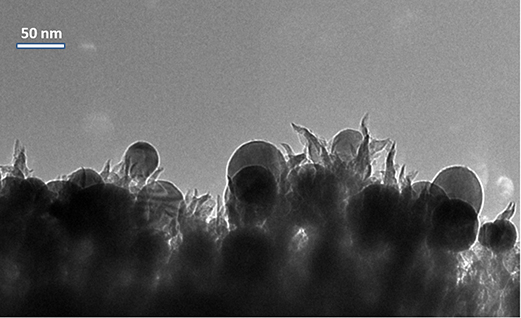
A Catalystic Shock
Scientists surprised by discovery that copper embedded in carbon nano-spikes can turn carbon dioxide into ethanol.

Scientists surprised by discovery that copper embedded in carbon nano-spikes can turn carbon dioxide into ethanol.
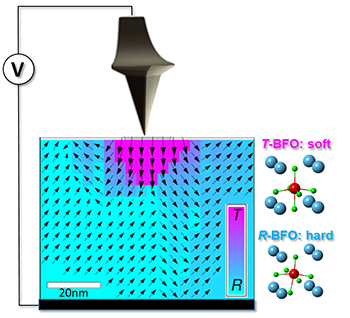
Use of electric fields to reversibly change a material’s hardness by up to 30 percent promises new functionalities for microphones and sensors.
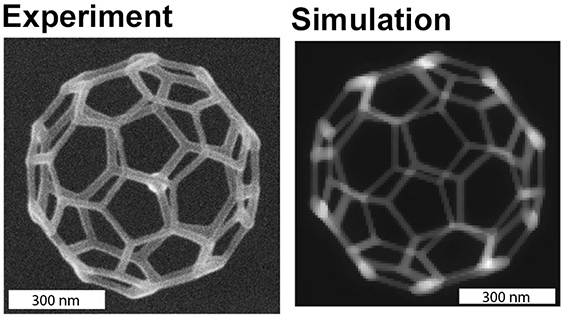
Electron beam controllably builds micro- and nanoscale structures, enabling new three-dimensional materials.
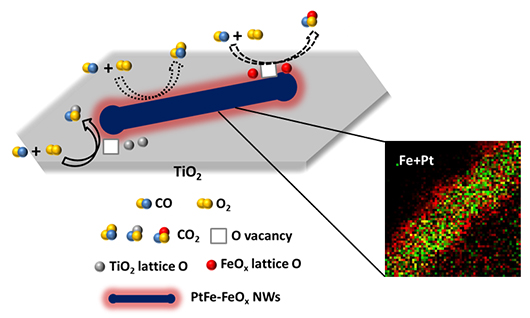
Researchers designed an extremely efficient catalytic system to remove carbon monoxide.
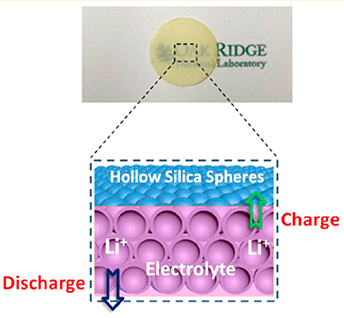
Squeezing spheres together creates a protective barrier that combines impressive conductivity with protection from short circuits.
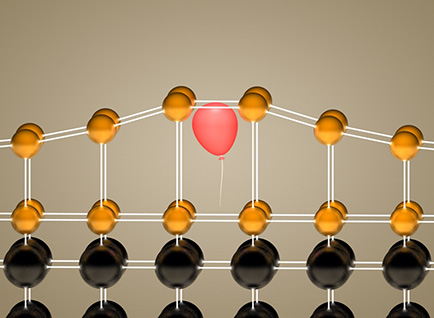
Implanted helium ions “tuned” complex behaviors—enabling design of new materials for efficient electricity storage and testing theories.
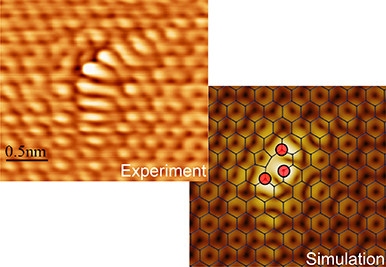
International team shows that modified graphene is 105 times more sensitive at detecting ammonia.
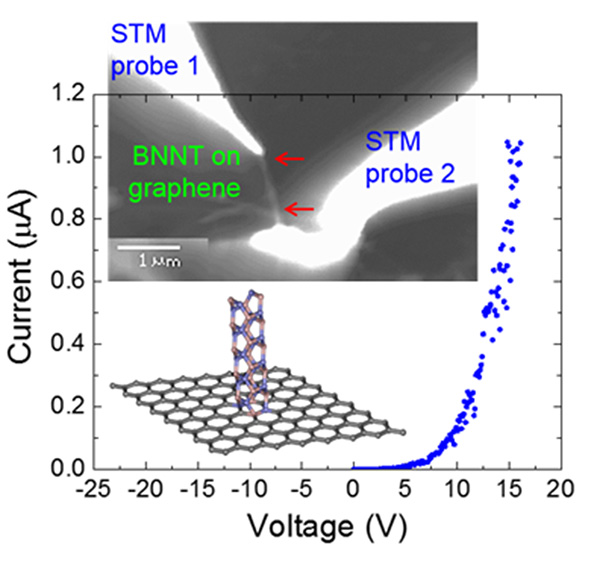
Junctions between conductive graphene and insulating nanotubes could lead to faster electronics and computers.
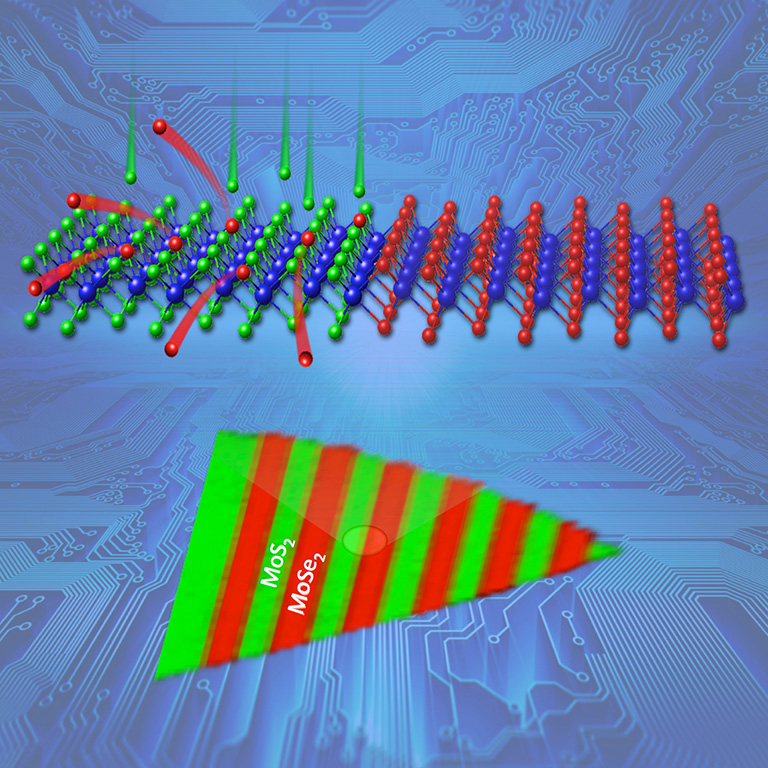
Patterned arrays of nanometer-sized connections in two-dimensional semiconductors could enable ultrathin integrated circuits for smartphones and solar cells.
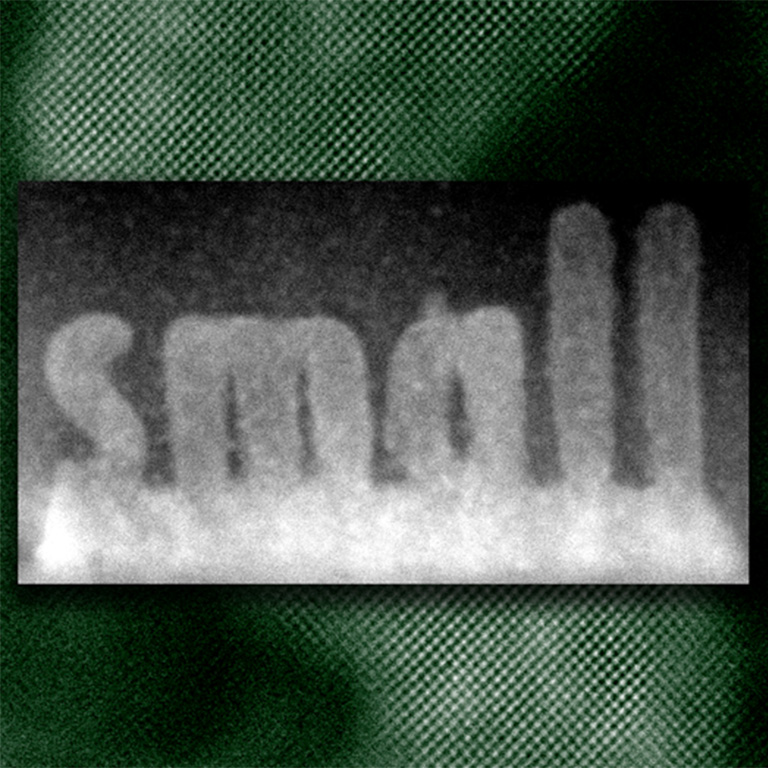
A new tool allows atomic 3D printing.
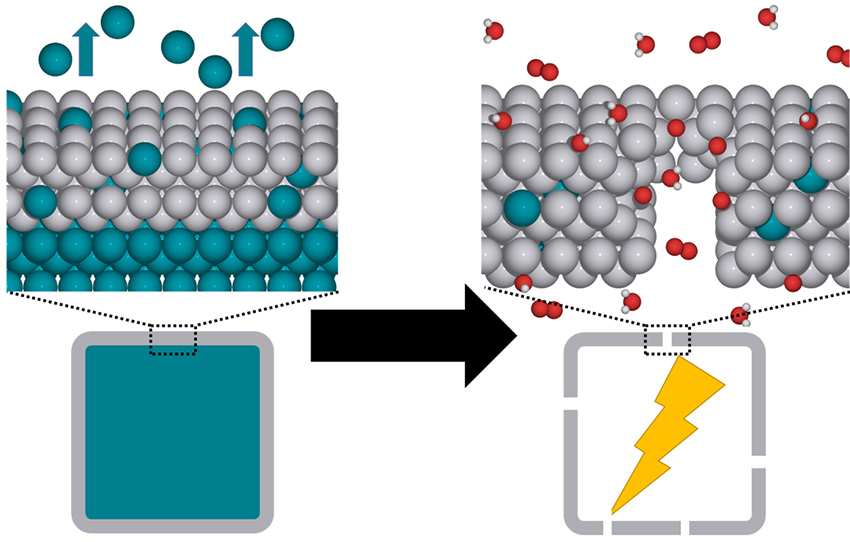
Hollow shape-selected platinum nanocages represent a new class of highly active catalysts.
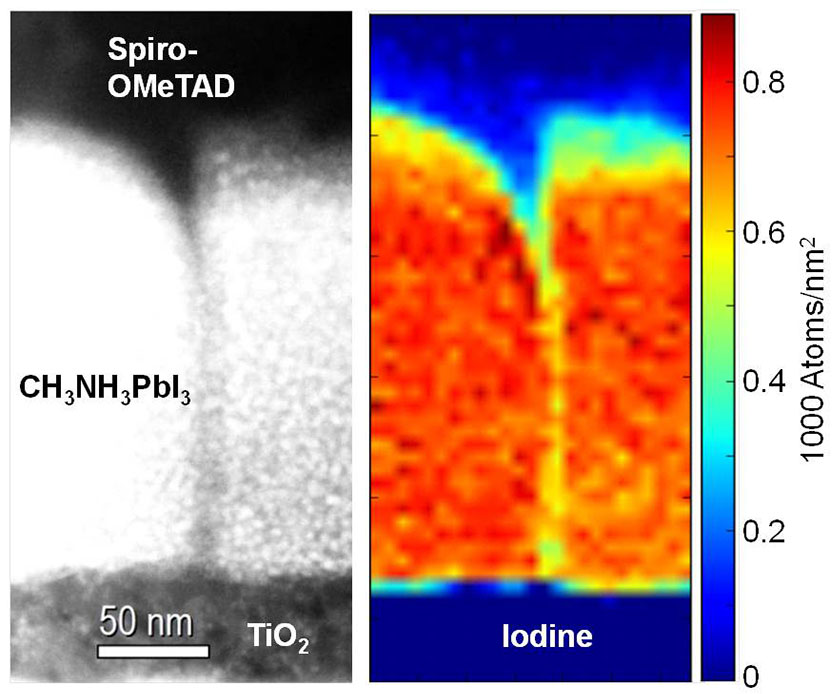
Boundaries between crystalline grains - usually detrimental - can also boost charge collection in hybrid solar cells.